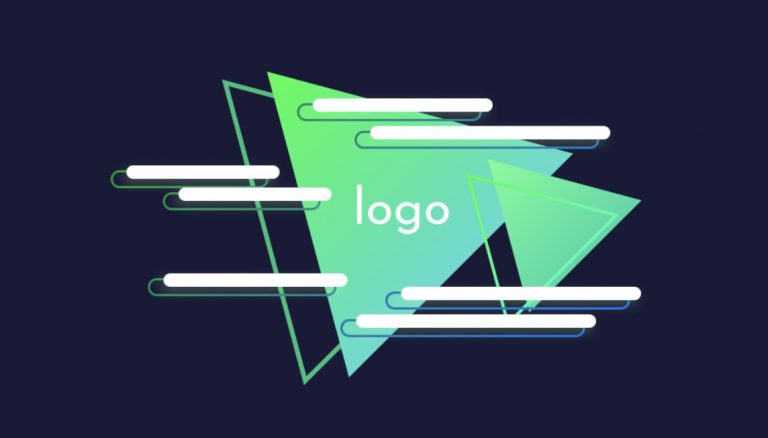The logo is an important part of the brand and image of the company. The first acquaintance of a potential client with organization begins with it. Logos are placed on shop windows, business cards, bonus cards, indoors, corporate clothing. A logo can be developed independently, made using the Turbologo service, or ordered in a design studio.
Based on the logo, the corporate identity of the organization is built in the future: fonts, corporate colors, design, etc. A person decides to buy under the influence of many factors: mood, condition, financial capabilities, brand loyalty and shades of colors.
A well-chosen logo helps the consumer to recognize and identify the brand, increase company awareness, distinguish it from competitors, emphasize the brand’s features. Bad logo design can seriously detract from the first impression of a business.
The logo should be different from others, have its own peculiarity. Copying existing logos violates copyright. Official companies register the logo as a trademark, which protects the company from unfair competition and allows you to protect your rights in court. A trademark may not be used by others without the consent of the owner.
The meaning of the green color in the logo
The green color in the logo symbolizes environmental friendliness and safety, nature, sports and a healthy lifestyle, it encourages both calmness and vigorous activity. This combination is quite balanced, and therefore does not cause such a dissonance of feelings as red, does not oversaturate with emotions, like yellow, but is not as pacifying as blue. Therefore, if you are looking for harmony for the brand and do not want to load the logo with an abundance of additional features, then opt for green.
You should also take into account the shade of color. For example, rich green is associated with abundance, while light green is associated with serenity.
Basic values:
- growth;
- freshness;
- novelty;
- life;
- harmony;
- ecology;
- money;
- security.
There are many great uses for green in branding because it is so versatile. It has many shades and meanings for the target audience. Organic brands, financial institutions and healthcare companies are more likely to use green in their corporate identity.
Sometimes green can carry a dual meaning. On the one hand, it can be associated with money and wealth, and on the other hand, with greed and rivalry. On the one hand, the green color symbolizes health, on the other hand, pollution (the color of the swamp). Therefore, the choice of color must be approached comprehensively, taking into account not only the shade, but also the name, fonts, and other design elements.
Each color has a hue, brightness and saturation. Each color creates a different mood. A hue is a generalized name for a color. Brightness – color options from light to dark. Saturation determines the richness of the hue. For marketing, all color characteristics are important. When evaluating a color, people proceed from its relevance, meaning, and aesthetics.
Examples of green logos
When applying the psychology of color in sales, focus on the goal you want to achieve.
Green color is often used in pharmacies, ecological coffee houses, companies related to nature.
For example, this is the Animal Planet channel, Starbucks coffee shops. Whole Foods is the perfect brand to bring the benefits of sustainability into its corporate identity. They have followed this strategy from the very beginning of the company. As sellers of natural and organic food and tableware, they use the color green to represent the products themselves and their environmental friendliness.
Conclusion
Colors are a powerful psychological ally in any advertising initiative.
They can amplify your message and get people to take action. It’s important to choose the right color combinations so that the visuals don’t draw attention and turn into something really boring.
Understanding color theory and the fact that each color has its own meaning, subtlety, and impact on your audience will help you point your brand in the right direction.
As you work, you need to consider the feelings that your design will evoke in the audience. You will be making many decisions regarding colors and fonts, the amount of free space, and the placement of interactive elements.
Referring to many studies on the impact of color psychology on humans, it is safe to say that the right color can improve the visual perception of your brand and evoke the necessary associations, and as a result, increase the number of customers, improve sales and positively affect your entire business.

0 Comments